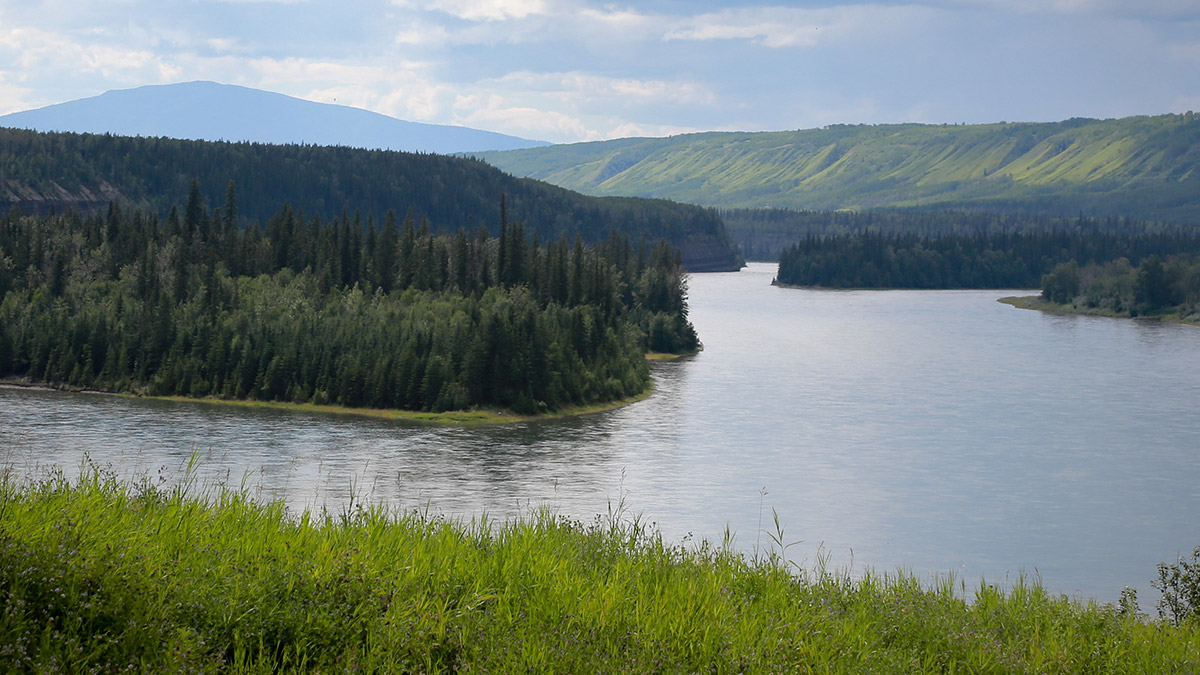
Coastal GasLink: helping reduce emissions
Coastal GasLink will help deliver cleaner energy to the world by moving natural gas to the LNG Canada facility. Find out more at coastalgaslink.com.
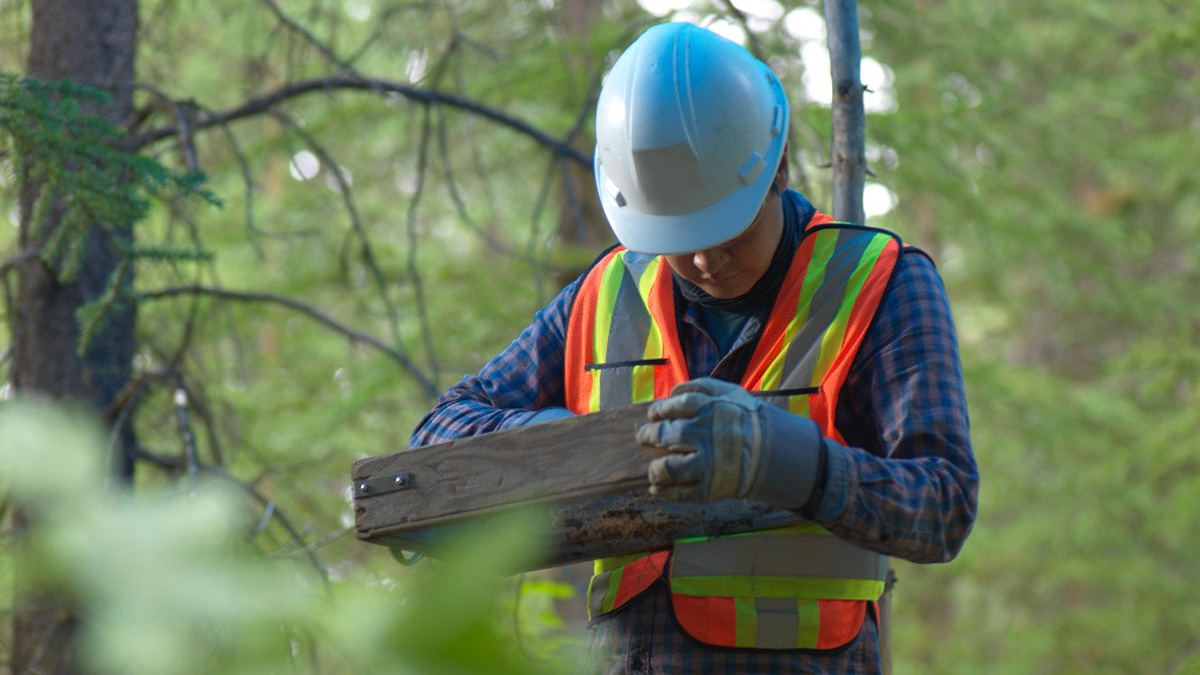
What is the Coastal GasLink project?
TC Energy is constructing Coastal GasLink, a 670 km (416 mile) pipeline to bring natural gas from the Dawson Creek, B.C. area to an LNG facility in Kitimat, B.C. built by LNG Canada. The LNG facility will convert natural gas into its liquid state so that it can be shipped to Asian markets. Coastal GasLink will be the first direct path for Canadian gas to reach global markets.
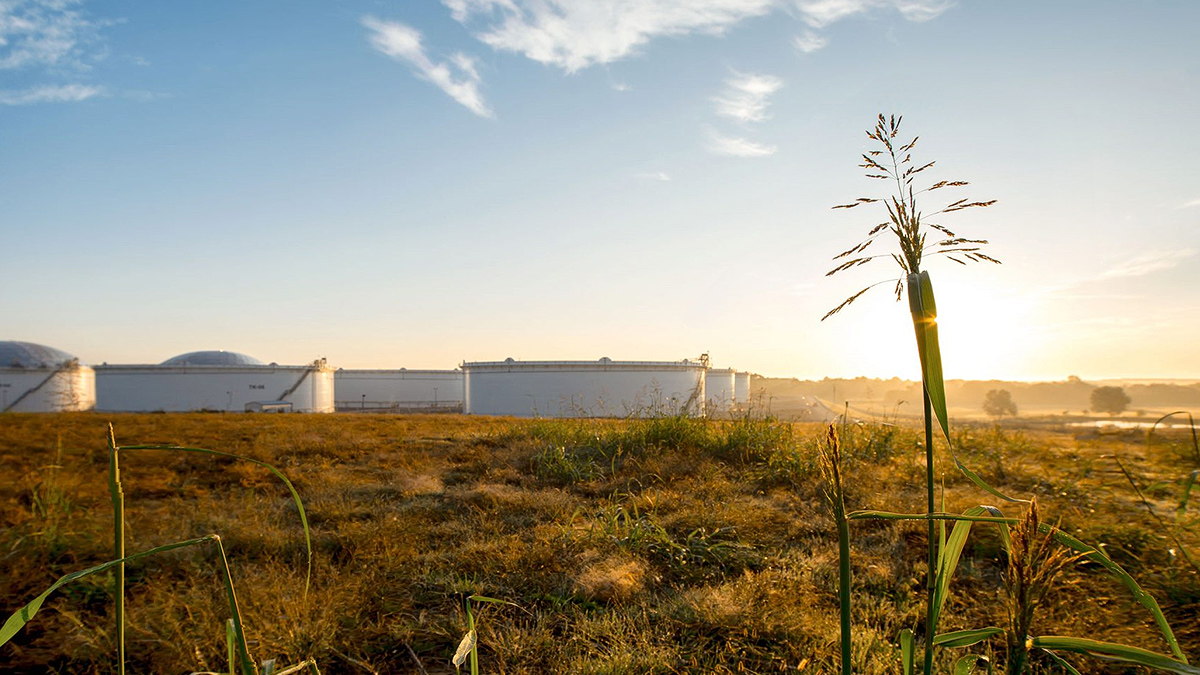
How does Coastal GasLink reduce global greenhouse gas (GHG) emissions?
The natural gas that will move through Coastal GasLink and LNG Canada's facility can displace coal for power generation. Since natural gas produces approximately 50 per cent fewer GHG emissions than coal when burned (on a life cycle basis), this could reduce global GHG emissions by 60 to 90 million tonnes of CO2 each year which would equal taking 12 to 18 million cars off the road. LNG Canada will produce LNG with the least CO2 per tonne of LNG produced in the world.
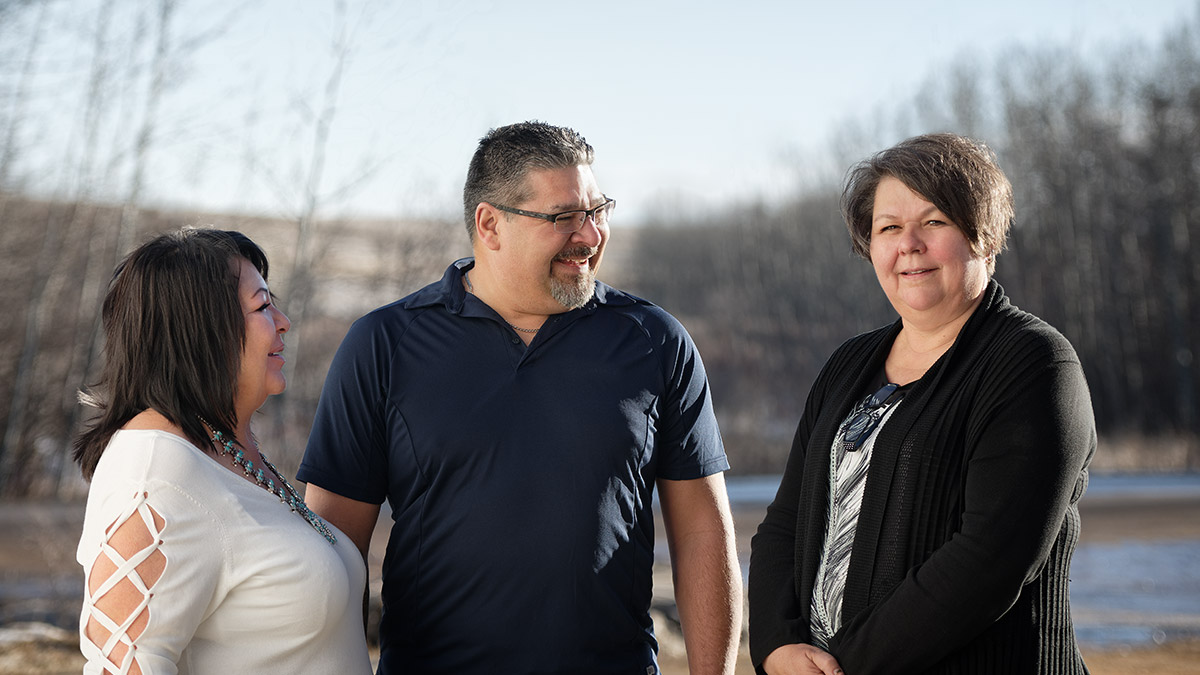
How does Coastal GasLink support Indigenous and local engagement?
There is strong support for the project from Indigenous and local communities, including agreements with all 20 First Nations along the route. TC Energy is committed to ensuring both Indigenous groups and local residents have opportunities to be hired into the 2,500 project construction jobs. By the end of this project, TC Energy is projected to have contributed $1 billion into local and Indigenous contracting opportunities.
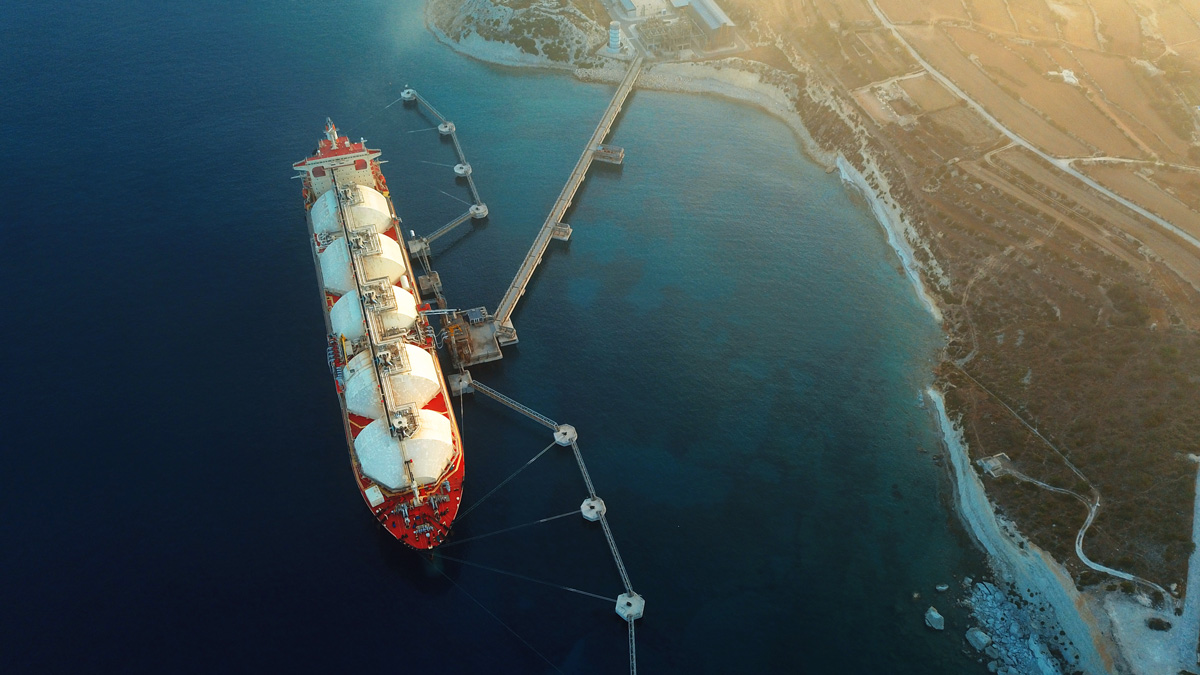
What is LNG?
Liquefied natural gas (LNG) is natural gas that has been cooled to change it from a gas form to a liquid form so that it can be transported – LNG takes up 1/600 of space that natural gas occupies. LNG is safe because it is non-explosive, non-toxic, non-corrosive and does not mix with water or soil – if exposed to air it will vaporize with no residue left behind. Once LNG reaches its destination, it is put back into its gas form to use for energy, replacing higher carbon emitting fuels such as coal.
Key facts
1st direct path for Canadian gas to reach global markets
20 First Nations agreements signed
Could reduce GHG emissions by 60 to 90 million tonnes of CO2 yearly
2,500 construction jobs created
$1 billion into local and Indigenous contracting opportunities